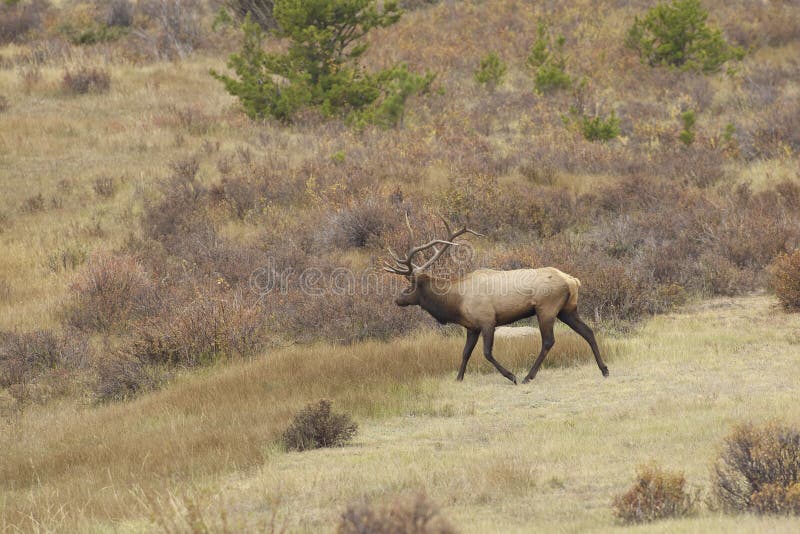

For that reason alone, I hunt elk with a five-pin sight. Three, remove as much of the guesswork from your setup as you can. Over time, you will get much more comfortable and accurate with estimating range. Two, practice, practice, practice.as you are practicing and hunting, estimate the distance to an object and then truth it with your rangefinder. Once that bull walks in, it’s often very difficult to actually get a range on the bull itself, which makes pre-ranging critical. One, always carry a rangefinder and use it to pre-range rocks, trees, a wallow or anything to give yourself some reference beforehand. That scenario is a nightmare to process when you are rattled already, but there are things you can do to handle it better. Several times I have had a bull come in and go from 60 yards to 20 yards and back out to 45 before offering the window for a shot. Bull elk are big animals and they cover ground rapidly.

If you do not know the range, it’s easy to misjudge the distance to a screaming bull elk and whiff on a shot. Nothing builds confidence like knowing your equipment on a very detailed level. Most importantly, I know where my broadheads are going to hit because I have shot every arrow with a broadhead out to my effective range. For example, pulling, ranging and putting your rangefinder back into the case seems easy-and it is-but make sure you've done it enough that it's a seamless act with no noise, no interference with clothes or anything else. I know that my arrows are straight and that they spin true with broadheads. I know that my sight’s second and third axis are dead-nuts dialed and level. I make sure that my bow is well tuned and I know my equipment inside and out. So my answer to that.just don’t miss! Here’s how I tackle that challenge. In my experience, those opportunities are so rare and the sinking feeling of a failed shot - or even worse a wounded bull - is devastating. Photo credit: Chris Neville To be completely honest, the amount of effort required to get within range of a bull elk with your bow in hand is significant. states have reintroduced small elk herds into heavily wooded wilderness areas.Originally published on Mathews for their August 2020 elk week. Today they live primarily in western North America, especially in mountainous landscapes such as Wyoming's National Elk Refuge and Yellowstone National Park. Population DistributionĮlk were once found across much of North America but they were killed off and driven to take refuge in more remote locations. The herds return to lower valley pastures where elk spend the season pawing through snow to browse on grass or settling for shrubs that stand clear of the snow cover. In the winter, elk reconvene into larger herds, though males and females typically remain separate. Males with the bigger antlers, typically older animals, usually win these battles and dominate small herds.

These powerful animals strip the velvet off their new antlers using them in violent clashes that determine who gets to mate with whom. Antlers and Matingĭuring the late summer breeding season the bugling of bull elk echoes through the mountains. Each cow typically has a single calf, which can stand by the time it is 20 minutes old. In early summer, elk migrate to high mountain grazing grounds where the cows (females) will give birth. Preparation for Breeding Seasonīull elk lose their antlers each March, but they begin to grow them back in May in preparation for the late-summer breeding season. A bull (male) elk's antlers may reach 4 feet above its head, so that the animal towers 9 feet tall. Elk are also called wapiti, a Native American word that means “light-colored deer.” Elk are related to deer but are much larger than most of their relatives.


 0 kommentar(er)
0 kommentar(er)
